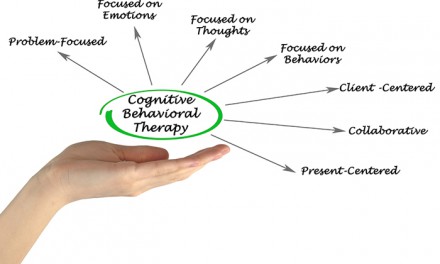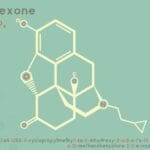If you or a loved one is about to enter into a recovery program, you may be wondering about the start of the process.
Few people outside of the world of addiction recovery have a good understanding of what the first week of treatment actually entails or why it is so important to go through it in a treatment facility.
Just as recovery means more than simply “stopping” drugs and/or alcohol, the first stage of recovery, called detoxification, is more than “getting it all out of your system.”
Detoxification is a complex and difficult process best undertaken in a treatment facility and under expert supervision. One recent study showed that almost 80 percent of detoxifications included medications to manage symptoms of withdrawal. Whether or not detoxification includes medication for an individual varies, but the goal of all detoxifications is to provide safe and humane guidance through the symptoms of withdrawal.
The following evidence-based practices are drawn from Treatment Improvement Protocol Number 45 (or TIP 45) from the US Department of Health and Human Services.
Step 1: Evaluation
Evaluation focuses on the holistic assessment of a client’s physical, psychological, and social state. This can include bloodwork to determine the level of intoxication, screening for co-occurring disorders such as depression, and analysis of a client’s contextual needs such as housing. The goal here is to get all necessary information not only on a client’s medical condition but also on potential factors causing addiction to be addressed later in the treatment process.
Step 2: Stabilization
Stabilization is the process of guiding a client through withdrawal to a point where the client’s body is both stable and substance-free. This is accomplished through a combination of medical and psychosocial interventions and will be different depending on the substance used. If medications are being used to ease withdrawal symptoms they would be implemented at this time. A social approach to stabilization might also involve providing support and education on what to expect from the process of withdrawal.
NOTE: If detoxification is being attempted primarily through social support, all involved parties should be aware of signs requiring immediate medical and/or mental health attention, including:
- Change in mental status
- Increasing anxiety
- Hallucinations
- Temperature greater than 100.40F
- Significant change in blood pressure/heart rate
- Insomnia
- Abdominal pain
- Gastrointestinal bleeding
- Changes in responsiveness of pupils
- Heightened reflexes
- Suicidal tendencies
- Anger or aggression
Step 3: Fostering Patient Readiness for Entry into Treatment
People with addiction need more than detoxification to stay sober. Without further treatment, a client is likely to return to substance use and abuse. The step of fostering client readiness provides the information and encouragement necessary for the client to pursue further treatment.
Overall, evaluation examines the underlying factors of past substance abuse, stabilization helps to undo some of the present physical damage of dependency, and fostering sets the patient up for future recovery.
(314) 464-0222. We’re here to help.










